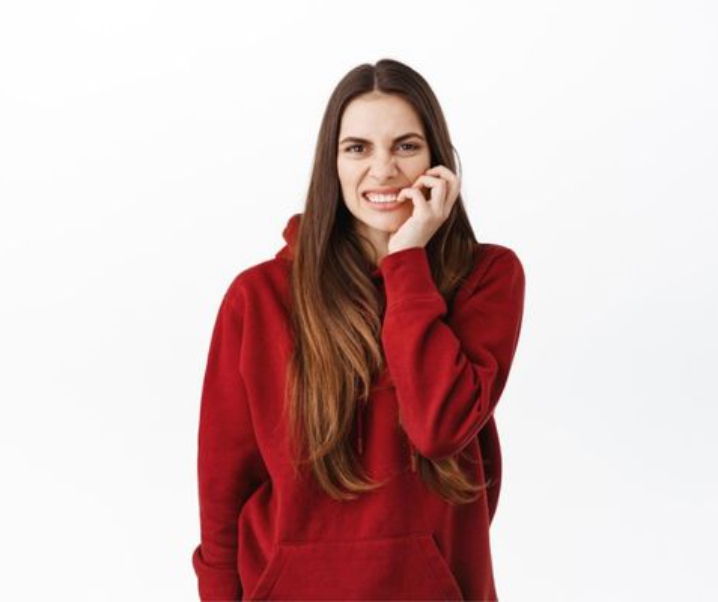“I’ll just add it to my cart for now.”
We’ve all said it. A quick scroll turns into a shopping spree. Tempting sales, that little dopamine hit of clicking “Buy Now,” and before we know it—we’re left with things we didn’t need, didn’t use, or didn’t even really want.
It’s not just about how much we spend—it’s about how much we consume, consciously or not. In a world where products are available at the tap of a screen, the art of pausing before we purchase is more powerful than ever. Welcome to the world of conscious consumption Let’s explore why that pause is your secret weapon—and how to build it into your everyday choices.
Every pause before a purchase is a moment of power—where intention replaces impulse, and clarity shapes choice.
– TIWIW Philosophy

The Problem Isn’t Buying—It’s How We Buy
We live in a time of abundance. But sometimes, that abundance becomes overwhelming:
- Closets full of “nothing to wear”
- Gadgets that gather dust
- Impulse buys we forget days later
- Budgets that vanish before the month ends
We’re not buying to meet needs anymore—we’re buying out of habit, distraction, or the fear of missing out. Conscious consumption is the antidote. It doesn’t mean you never buy. It means you buy better. With more intention. With more awareness of your values, your lifestyle, and your impact.
What Does It Mean to Pause Before You Purchase?
That tiny gap between “I want this” and “I’m buying this” holds all the power.
When you pause before purchasing, you’re not depriving yourself. You’re giving yourself space:
- To check in with your actual needs
- To evaluate your budget and priorities
- To align your purchase with your values
- To say a clear, confident yes—or an empowered no
In short, you’re turning auto-pilot off and showing up mindfully in your everyday choices.

5 Ways to Practice the Pause
Let’s make this practical. Here are 5 simple ways to build the habit of pausing before purchasing—and how tools like TIWIW can help you stay on track.
1. The 24-Hour Wishlist Rule
See something you like? Don’t buy it immediately. Add it to a wishlist instead—physical or digital.
Even better, use the TIWIW App to add that item to your wishlist, no matter which online store it’s from. TIWIW keeps everything in one place, so you’re not juggling browser tabs or screenshots.
Then give it 24 hours. Come back and check: do you still want it? Do you need it? Has the urge passed?
Often, that one-day pause is enough to separate a desire from a decision.
2. Ask These 5 Quick Questions Before Buying
Make it a habit to pause and ask:
- Do I truly need this right now?
- Will I use it more than once or twice?
- Do I already own something similar?
- Is this a quality product, or will it break soon?
- Can I afford this without stress?
Answering just two or three honestly can make the difference between a smart purchase and a regretful one.

3. Avoid Emotional Triggers
We often shop to feel better—out of boredom, stress, celebration, or sadness.
Instead, ask yourself: What am I really feeling?
Then try an alternative—go for a walk, journal, call a friend, or play music. When the emotion passes, revisit that item. More often than not, the urge to buy it disappears too.
4. Track What You Don’t Buy (and Learn from It)
Yes, really.
Start noticing what you don’t buy—and why.
Each time you resist an impulse purchase, open the TIWIW App and look at your Open Wishes. These are items you once wanted, but didn’t act on. Take a moment to reflect:
- Did your interest fade?
- Was it just a temporary craving?
- Did you find an alternative?
This simple review builds self-awareness. Over time, you’ll spot patterns: what kinds of things you tend to add impulsively, what consistently falls away, and what remains meaningful.TIWIW becomes your mirror—helping you understand your consumption behavior and improve it. It’s not just about curating a wishlist—it’s about curating a better version of yourself.

5. Reframe Gifting and Sales: For Givers and Receivers
Sales are everywhere. And when gifting occasions approach—birthdays, holidays, weddings—we feel obligated to buy something, anything.
But gifting isn’t always joyful. It’s often full of apprehensions:
- As a receiver, you hesitate: “I don’t want to seem demanding.” So you don’t share what you really want—and receive something that doesn’t suit you.
- As a giver, you stress: “What should I buy? Will they like it? Will it go unused?”
TIWIW solves both sides of this dilemma.
- For receivers, you can confidently create and share your wishlist—publicly or privately. Whether it’s your birthday or just a small celebration, your loved ones know exactly what will make you happy (and what to avoid).
- For givers, the pressure is off. You’re not left guessing or wasting time hunting for the “perfect” gift. The recipient’s wishlist on TIWIW gives you thoughtful, personalized options.
Reframing gifting this way reduces overbuying, cuts down on landfill waste, and brings more meaning to both giving and receiving.
Why Conscious Consumption Matters (More Than Ever)
Every product has a footprint—packaging, manufacturing, shipping, and disposal. When we overconsume, we’re not just affecting our own budgets and homes—we’re also contributing to waste, pollution, and overproduction. Sustainability starts with individual choices. And pausing before purchasing is one of the simplest yet most impactful choices we can make. It’s not about perfection. It’s about progress.
So the Next Time You Want to Buy Something…
Stop. Take a breath. Open your TIWIW app. Add it to your wishlist.
Then ask yourself:
- Does this bring joy, value, or purpose to my life?
- Or is it just filling a momentary void?
That pause might just save you money, space, time—and a little bit of the planet too.



















What do you think?